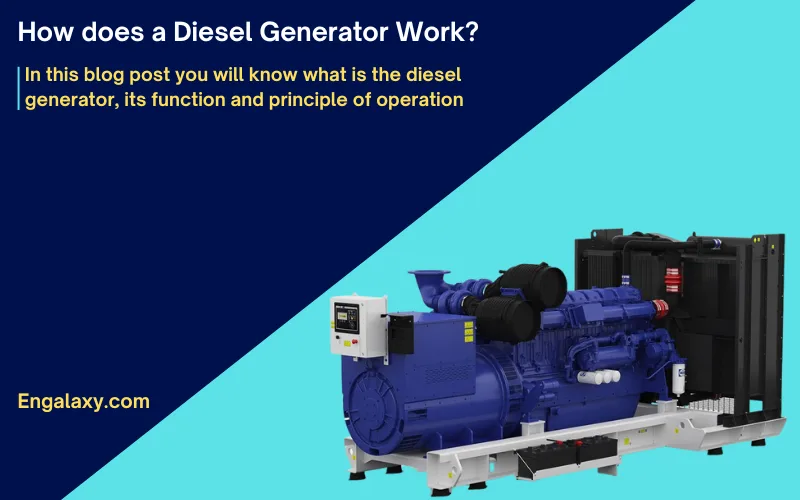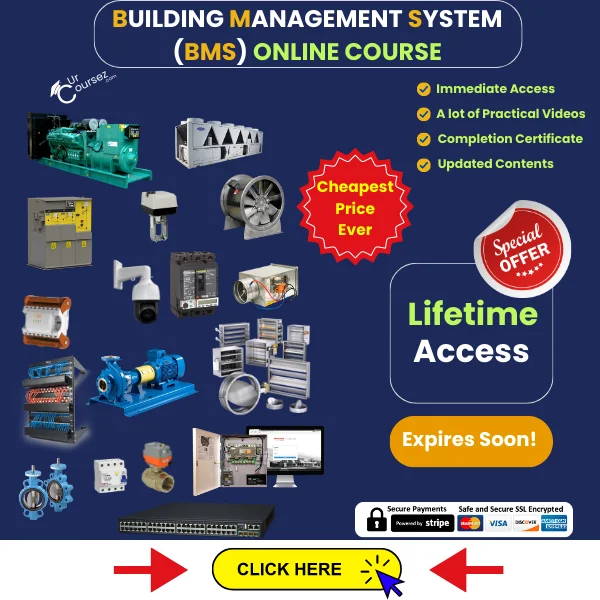What is a Diesel Generator?
Diesel generators are a popular and reliable backup power source for many industries and applications.
They are commonly used in hospitals, data centers, manufacturing plants, and other places where a power outage could result in significant financial losses or even endanger lives.
But what exactly is a diesel generator, and how does it work?
So, in this blog post, we will delve into the details of diesel generators to help you understand their inner workings.
The function of Diesel Generator:
A generator engine converts diesel fuel to mechanical energy that rotates the crankshaft.
As combustion occurs in each cylinder, energy transmits to the engine crankshaft, which generates mechanical power for the alternator.
An alternator converts mechanical power into electrical energy in a process called magnetic induction.
Magnetic induction occurs when a conductive material, such as a copper wire, passes through a magnetic field, producing voltage.
The power can be transmitted if the wire is connected in a complete circuit.
Alternators include two primary parts, a stator and a rotator.
The stator contains copper coils wound into the alternator’s outer casing.
The rotator also has wire coils wrapped around an iron core, but unlike the stator, it is attached to the engine crankshaft, so it rotates with the engine.
When voltage passes through the rotator coils, it creates an electromagnetic field.
As the rotator spins, its magnetic field cuts across the stator’s conductive wire and generates voltage.
Because the magnetic field builds and subsides, voltage fluctuates between positive and negative peaks, which is known as alternating current.
The stronger the field, the higher the peaks.
Ideally, voltage levels should consistently provide constant power when under load.
To do so, an automatic voltage regulator or AVR adjusts the magnetic fields as needed.
During heavy power demands, the voltage decreases, causing the AVR to increase the magnetic field.
Conversely, when power demands are low, the AVR tempers the field.
Some manufacturers of mobile generators also include alternators with six coils wound into the stator.
This provides three voltage sources or phases.
Because each phase combines two wire coils, the sources can be connected in series for high-voltage applications or parallel for low-voltage needs.
To simplify wire connections, some manufacturers of mobile generators have a convenient selector switch.
When an operator selects the desired voltage, the switch adjusts the connections, and current flows through a circuit breaker protective device.
If the current exceeds capacity, the breaker halts the system, protecting the generator and connected equipment from potential damage.
Once power reaches the connection panel, operators can attach power cables to the generator’s terminal board, receptacle panel, or cam block panel, transforming electrical energy into light, heat, or motion, providing the power we rely on daily.
Also, if you would like to read more about our blog posts, you can find all of them on this link:
You can have a look at our Free MEP Course from the below link:
https://link.urcoursez.com/freemep











Great content. Thank you for sharing with us.